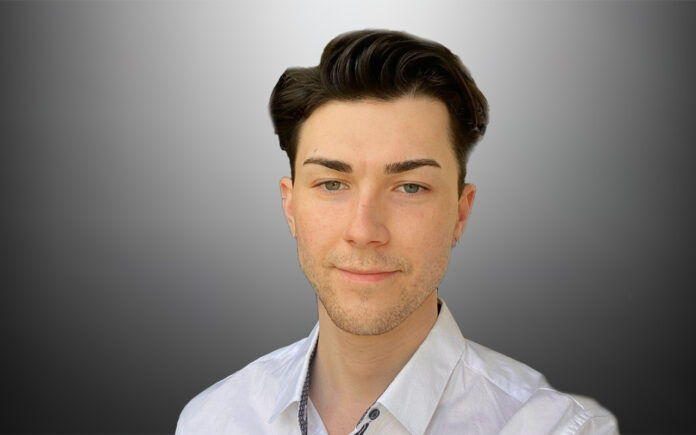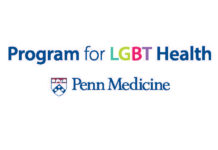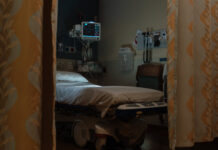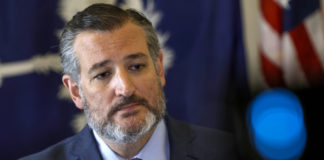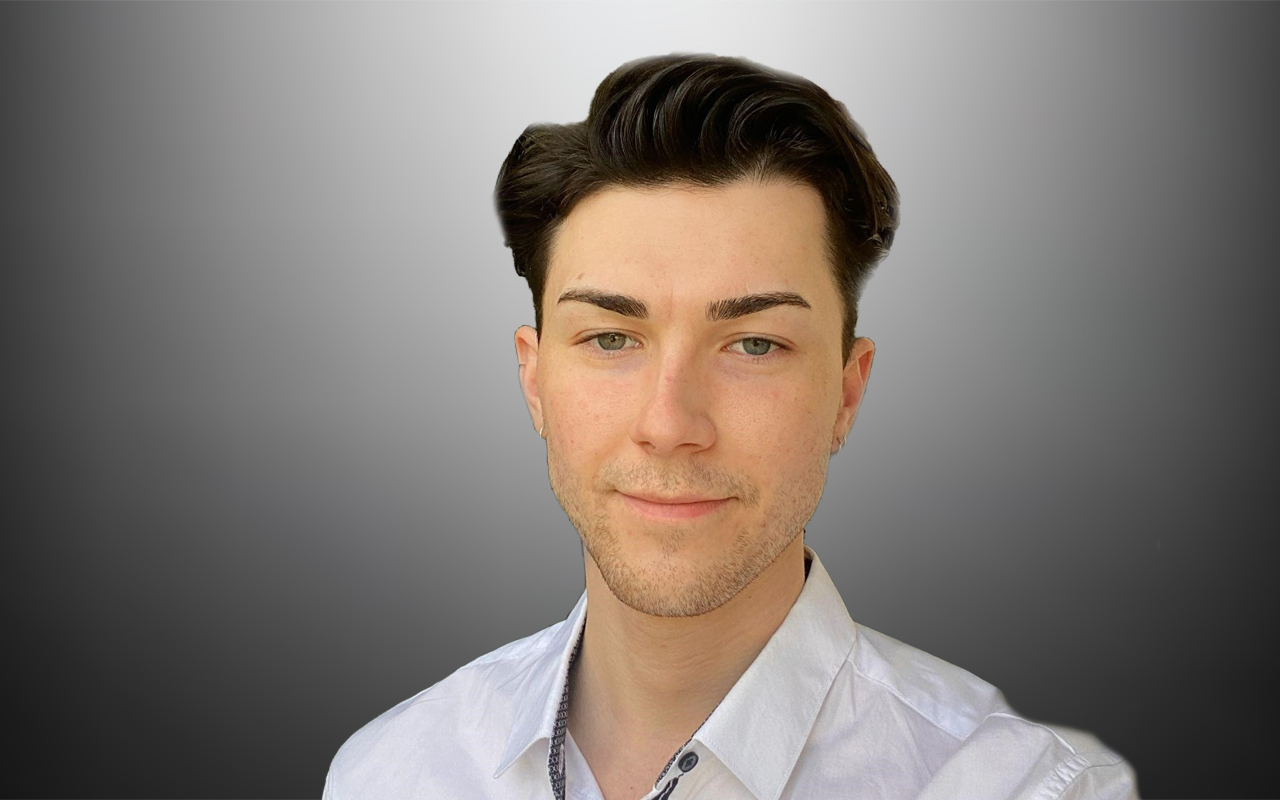
THROUGH my role as the 2022 Chair of the Australian Medical Students’ Association (AMSA) Queer group, I have had the privilege of hearing from medical students across the country regarding their experiences of LGBTQIA+SB (lesbian, gay, bisexual, transgender, queer, intersex, asexual, Sistergirl and Brotherboy)* teaching. What I have been told has been nothing short of disappointing, frustrating and harmful.
Medical education is failing LGBTQIA+SB people.
For a profession built on the values of beneficence, non-maleficence, autonomy and justice, it is concerning that our education regarding LGBTQIA+SB people, or lack thereof, fails to uphold these very principles.
LGBTQIA+SB people are a diverse community with a rich and proud history, many of whom live healthy and happy lives. However, despite representing a significant proportion of Australia’s population, representation of LGBTQIA+SB teaching is scarce within medical curricula across the country, with most medical schools reporting 0–5 hours dedicated to teaching LGBTQIA+SB content “during the required pre-clinical phase”. This curricular erasure subsequently leads to a hidden medical curriculum that positions cisgender, heterosexual, endosex, and allosexual people as the healthy “norm”, and LGBTQIA+SB people as a pathological “other” (here and here).
Equally concerning is that much of the limited content taught in Australian medical schools is done so in ways which, in the experience of many LGBTQIA+SB identifying medical students stereotypes, pathologises and sometimes even actively discriminates against LGBTQIA+SB people, in turn teaching our future medical workforce to do the same.
At a public health level, the downstream consequences of poor LGBTQIA+SB teaching within medical education are clear. Health outcomes for LGBTQIA+SB people are significantly worse than people who are not LGBTQIA+SB, and this health inequity is only magnified for less represented groups, particularly those with intersecting marginalised identities (here and here).
It is well established that these physical and mental health outcomes are not a direct consequence of being LGBTQIA+SB, but rather a consequence of the interpersonal, institutional and sociocultural discrimination that comes with navigating the world as an LGBTQIA+SB person. Importantly, experiences of stigma and discrimination in health care, including inability to access health care professionals who are knowledgeable and skilled in providing LGBTQIA+SB-inclusive health care, are a significant driver of these health outcomes.
To date, the Australian Medical Council standards for assessment and accreditation do not outline the need for specific LGBTQIA+SB teaching within Australian medical curricula, despite calls from AMSA and the Australian Medical Association (AMA) to do so. As a result, teaching regarding LGBTQIA+SB content is neither mandatory nor standardised, with significant variation in the amount, contents and quality of LGBTQIA+SB health topics taught.
This year, AMSA Queer liaised with students across 14 medical schools in Australia, which revealed that not only is LGBTQIA+SB health largely excluded from the curriculum, but that most content which is included is outdated, reductionistic, inaccurate and harmful.
Feedback from students indicated that teaching regarding LGBTQIA+SB health is commonly limited to decontextualised mental health statistics, or stigmatising and stereotypical tropes of gay men who are diganosed with human immunodeficiency virus (HIV) infection. Other times, LGBTQIA+SB health and human rights may be represented in the context of ethical debate, such as framing access to gender-affirming care as an ethical dilemma rather than a matter of evidence-based, patient-centred health care. Intersex people are frequently erased or pathologised, and students are instilled with harmful language and ways of understanding innate variations in sex characteristics.
This poor LGBTQIA+SB education not only produces medical students and doctors who feel ill-equipped to navigate clinical encounters with LGBTQIA+SB patients, but also directly harms patients. Patients are denied competent health professionals, oftentimes having to educate doctors on their health needs and self-advocate in order to access adequate care.
For years, medical students across Australia have called for a unified, top-down commitment to inclusion of LGBTQIA+SB teaching in the medical curriculum. However, the responsibility of LGBTQIA+SB teaching still usually falls on the shoulders of LGBTQIA+SB students. This means that on top of being exposed to harmful and potentially triggering content in the classrooms and wards, the onus is on these students to educate their peers and staff, provide lectures and learning resources, as well as meet with faculty to advocate for a curriculum change. Not only does this work come at a cost to students’ own time and learning but also to their mental health and wellbeing.
Generally speaking, medical faculties are willing to receive feedback on the curriculum and are often able to recognise the deficit of LGBTQIA+SB content within the curriculum once alerted to this issue. However, a major barrier often lies in subsequently enacting the changes to the curriculum.
Understandably, the breadth of the topic is daunting for faculties, especially considering the inadequate training of staff themselves in LGBTQIA+SB health. Responses to student feedback often quote the lack of space within the curriculum, the time and effort involved in updating the curriculum, or simply a lack of clear solutions regarding what best practice LGBTQIA+SB curricula look like.
However, these challenges faced by faculties should not come at the cost of attempting to implement an LGBTQIA+SB curriculum, but rather warrant a reconception of what inclusivity in medical education looks like. Importantly, this includes grappling with the historical and ongoing role of medicine in perpetuating structural violence against LGBTQIA+SB people, and a broader interrogation of the normative biases that medical pedagogy currently operates within.
Where do we go from here?
AMSA Queer is working in this space through two key mechanisms: Wavelength and AMSA’s LGBTQIA+SB health and gender equity in medical curricula guide.
Wavelength is a free, open access educational resource on LGBTQIA+SB health for medical students and health professionals, designed to help fill the current gaps in the medical curriculum.
Wavelength was founded by a group of medical students, with expert input from community representatives and leaders in LGBTQIA+SB health, and is now managed by AMSA Queer. The Wavelength modules serve as an accessible and interactive learning tool, providing lectures, clinical scenarios and quizzes on LGBTQIA+SB health.
Alongside developing learning resources, AMSA Queer is also advocating for a nationwide medical curricular reform to ensure that all medical students are provided with structured teaching regarding LGBTQIA+SB health. AMSA is developing its LGBTQIA+SB health and gender equity in medical curricula guide, a collaboration between AMSA’s Queer and Gender Equity groups, and seeks to answer the question of what a best practice curriculum looks like. This document will serve as an up-to-date, evidence-based, community-consulted tool for medical school faculties, medical student societies, and individual student advocates to use as a starting point for integrating LGBTQIA+SB education into their respective curricula.
The recommendations in the guide will be centred around scaffolding LGBTQIA+SB health into the medical curriculum through an integrated and skills-based framework that is explicitly intersectional, community-led, and transdisciplinary in nature.
Key recommendations explored within the guide will include:
- development of graduate outcomes specific to LGBTQIA+SB health;
- integration of a long term, iterative LGBTQIA+SB syllabus into the existing medical curricula, including learning objectives specific to language, knowledge, and clinical and professional skills relevant to working with LGBTQIA+SB people;
- adoption of an intersectional approach to all LGBTQIA+SB teaching;
- use of transdisciplinary and multimodal teaching methods, including formal and informal assessment;
- community-led teaching that prioritises lived experience and curriculum codesign;
- training and upskilling of all teaching staff in LGBTQIA+SB health and terminology;
- considerations for safeguarding LGBTQIA+SB student safety and wellbeing; and
- implementation of accessible and anonymous student feedback mechanisms.
It is important to note that broader reconstruction of the curriculum should also be accompanied by simpler changes that are able to be actioned as soon as possible. Examples of such changes include removal of directly harmful content, adoption of inclusive language, addition of diverse patients to clinical vignettes, and responsiveness to student feedback and concerns.
The time has come for medical schools across the country to look to the future of the LGBTQIA+SB medical curriculum. LGBTQIA+SB people deserve access to health care providers who are knowledgeable and skilled in providing inclusive, patient-centred care. Medical education is uniquely positioned to provide this knowledge and skill to an entire generation of incoming health care professionals and thereby transform the health care experiences of LGBTQIA+SB people across the country.
What are we waiting for?
* LGBTQIA+SB stands for lesbian, gay, bisexual, transgender, queer, intersex, asexual, Sistergirl and Brotherboy, with the “+” denoting the expansive and non-exhaustive nature of the acronym in representing all individuals of diverse gender identities, sexualities and sex characteristics.
Flynn Halliwell is the 2022 Chair of AMSA Queer and a Doctor of Medicine (MD) student at the University of Melbourne.
AMSA is the peak representative body for Australia’s 17 000 medical students. AMSA Queer is the representative body for queer medical students and works to improve health outcomes for all LGBTQIA+SB individuals through education and advocacy.
The statements or opinions expressed in this article reflect the views of the authors and do not necessarily represent the official policy of the AMA, the MJA or InSight+ unless so stated.
Subscribe to the free InSight+ weekly newsletter here. It is available to all readers, not just registered medical practitioners.
If you would like to submit an article for consideration, send a Word version to mjainsight-editor@ampco.com.au.

